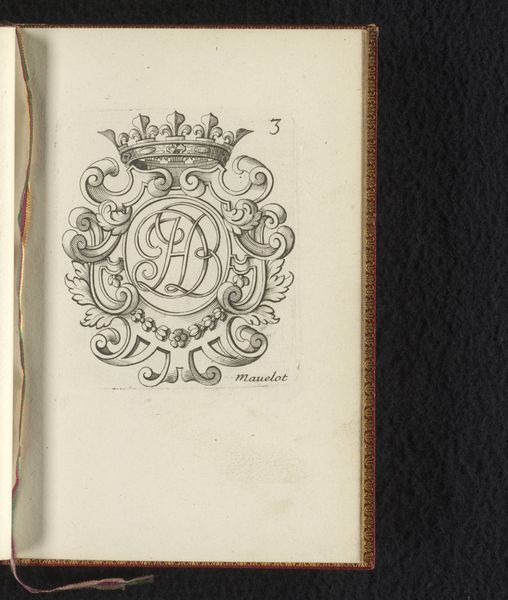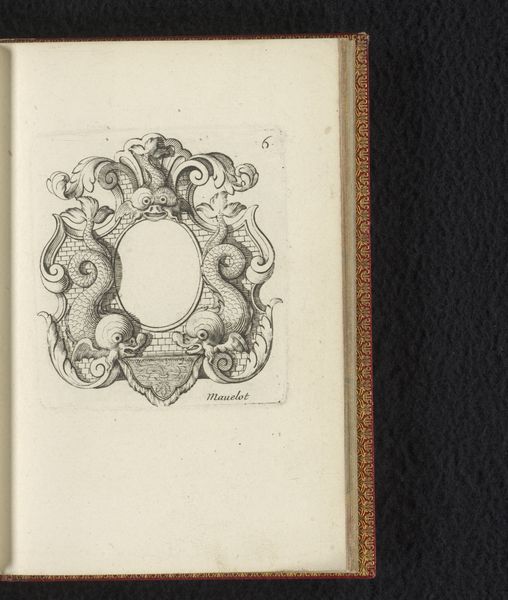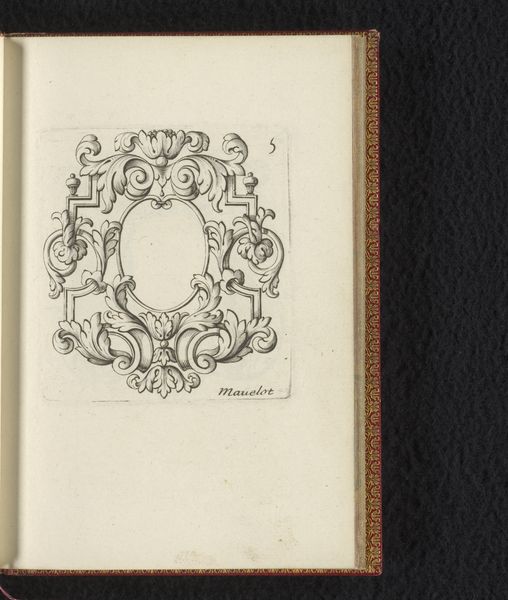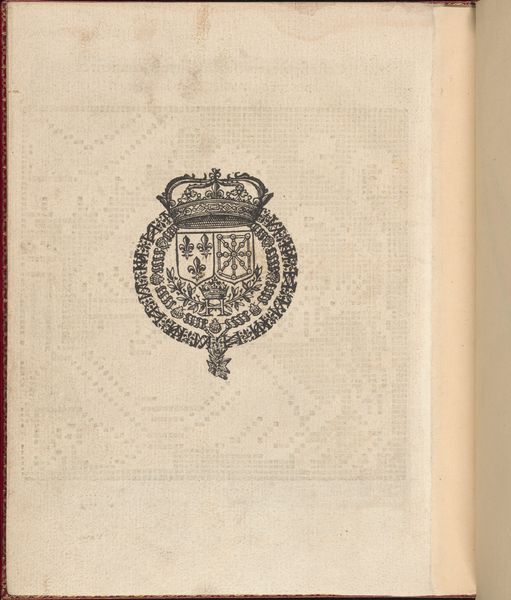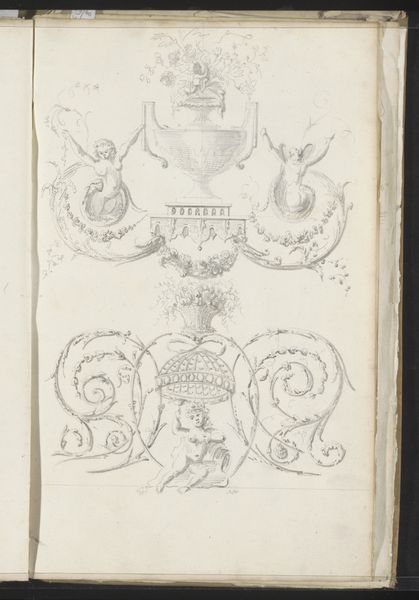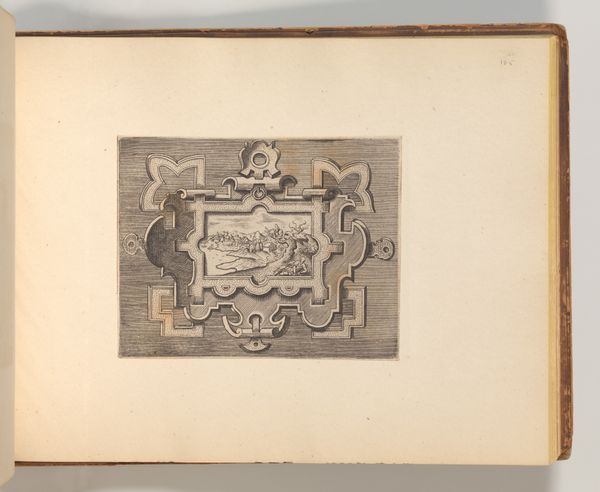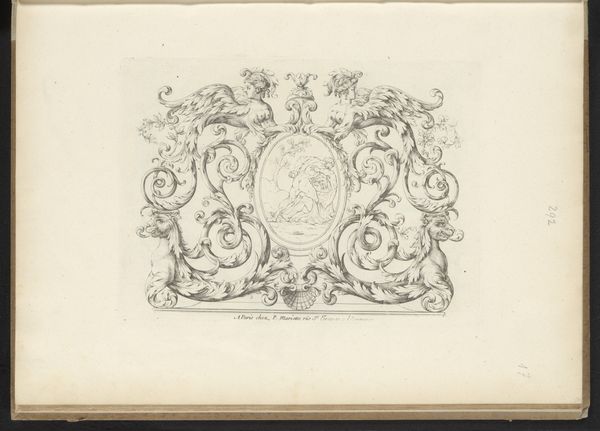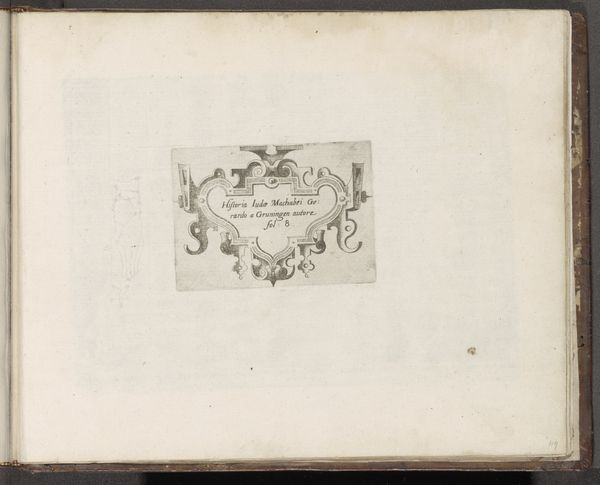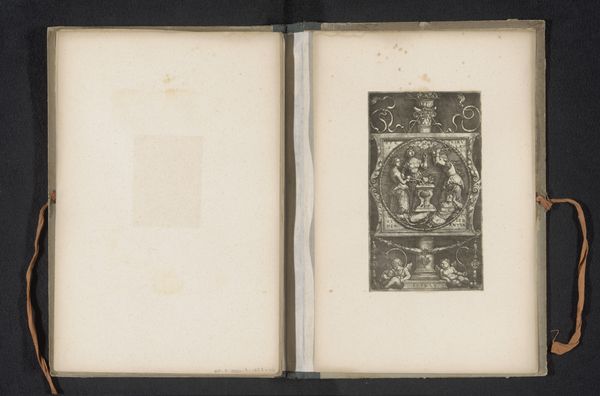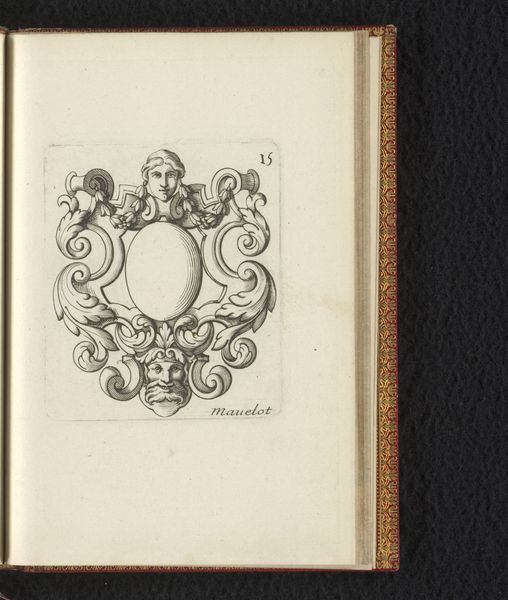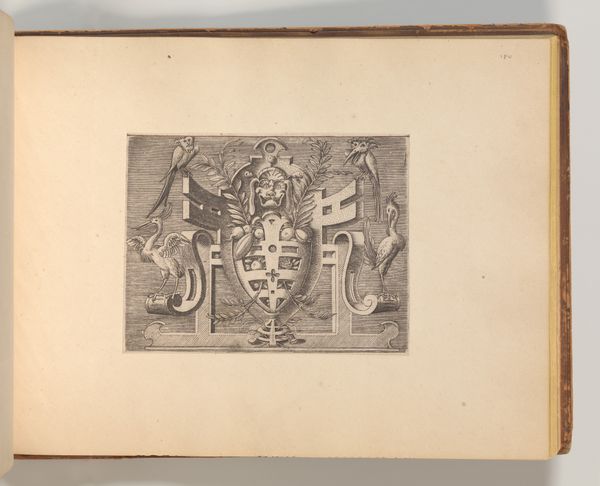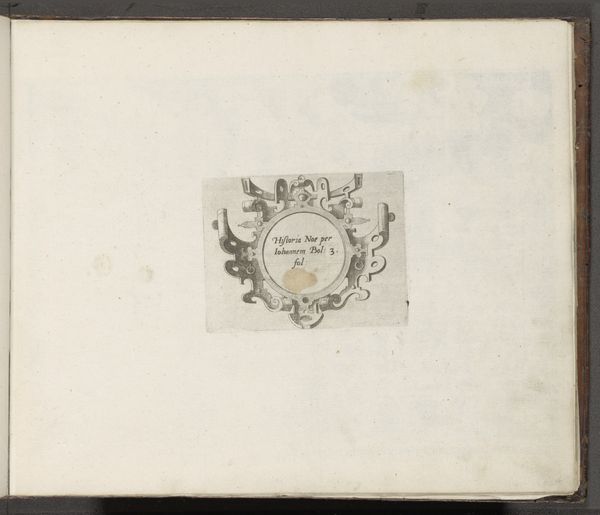
drawing, engraving
#
drawing
#
toned paper
#
baroque
#
sketch book
#
hand drawn type
#
personal sketchbook
#
coloured pencil
#
pen-ink sketch
#
pen and pencil
#
line
#
pen work
#
sketchbook drawing
#
decorative-art
#
sketchbook art
#
engraving
Dimensions: height 76 mm, width 66 mm
Copyright: Rijks Museum: Open Domain
Editor: This is "Gekroonde cartouche met acanthusranken" made around 1685 by Charles Mavelot. It’s a drawing, seemingly ink on toned paper, and it feels so precise. What I find interesting is how such an ornate, luxurious image would have been made, especially in that era. How would you interpret this work? Curator: It's crucial to understand the socio-economic conditions that allowed for the production of such a decorative piece. Think about the patronage system – who commissioned it, and what materials were available? This level of detail wasn't just technical skill; it reflected wealth and power invested in its creation, consider that its intended use would likely have been as a guide for other artisans. Editor: So, you are saying the material itself speaks volumes? What kind of craftspeople would have been involved? Curator: Exactly. The paper, the ink, even the skill of the engraver – all of it points to a network of skilled labor. Mavelot’s drawing acted as a prototype or a template. Numerous artisans—goldsmiths, furniture makers, etc.—would consult it to realize objects d'art for wealthy consumers. Can you imagine how this single drawing generates numerous applications in distinct materials? Editor: That really shifts my perspective! I hadn’t thought of it that way, that this wasn't the "end product", but rather a guide for a wealth of crafted items. Curator: Precisely. Think of the implications. It speaks to how design was disseminated and consumed within the economic structure of the time. And the decorative excess shows values around taste-making. Editor: It's fascinating to think about how labor and materials intersect to create not just the artwork, but also the entire system around it. It's really eye-opening. Curator: Indeed! It’s about recognizing the artistic, the artisanal and commercial implications intertwined in the material reality of its existence.
Comments
No comments
Be the first to comment and join the conversation on the ultimate creative platform.
